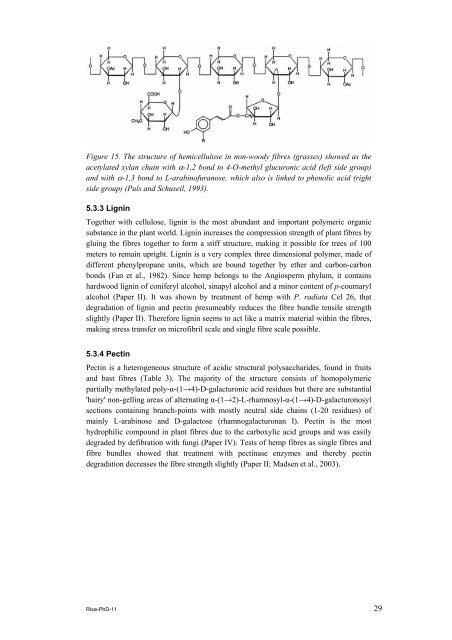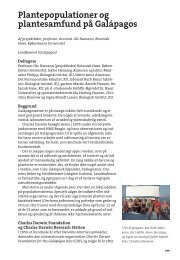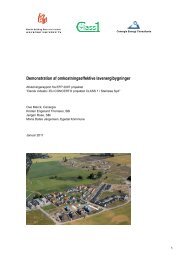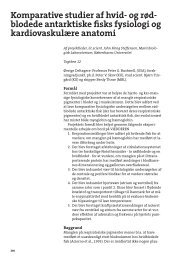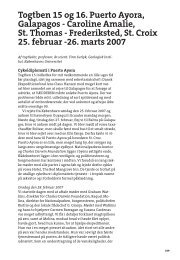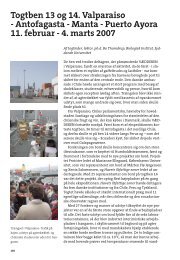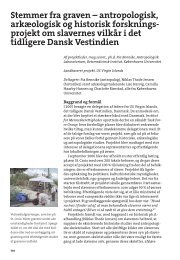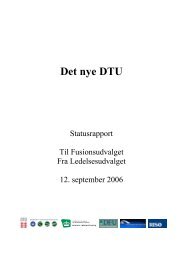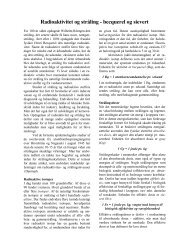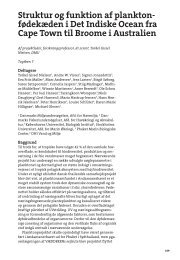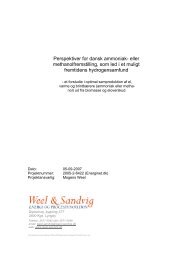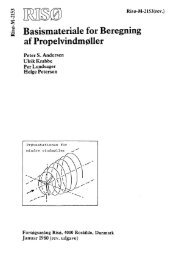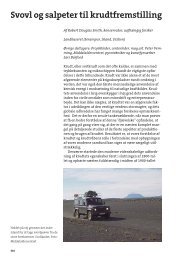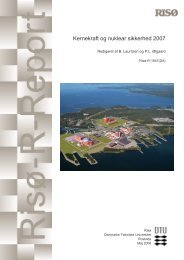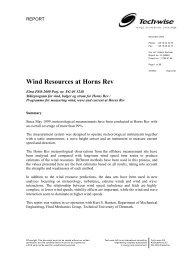Properties of hemp fibre polymer composites -An optimisation of ...
Properties of hemp fibre polymer composites -An optimisation of ...
Properties of hemp fibre polymer composites -An optimisation of ...
You also want an ePaper? Increase the reach of your titles
YUMPU automatically turns print PDFs into web optimized ePapers that Google loves.
Figure 15. The structure <strong>of</strong> hemicellulose in non-woody <strong>fibre</strong>s (grasses) showed as the<br />
acetylated xylan chain with α-1,2 bond to 4-O-methyl glucuronic acid (left side group)<br />
and with α-1,3 bond to L-arabin<strong>of</strong>uranose, which also is linked to phenolic acid (right<br />
side group) (Puls and Schuseil, 1993).<br />
5.3.3 Lignin<br />
Together with cellulose, lignin is the most abundant and important <strong>polymer</strong>ic organic<br />
substance in the plant world. Lignin increases the compression strength <strong>of</strong> plant <strong>fibre</strong>s by<br />
gluing the <strong>fibre</strong>s together to form a stiff structure, making it possible for trees <strong>of</strong> 100<br />
meters to remain upright. Lignin is a very complex three dimensional <strong>polymer</strong>, made <strong>of</strong><br />
different phenylpropane units, which are bound together by ether and carbon-carbon<br />
bonds (Fan et al., 1982). Since <strong>hemp</strong> belongs to the <strong>An</strong>giosperm phylum, it contains<br />
hardwood lignin <strong>of</strong> coniferyl alcohol, sinapyl alcohol and a minor content <strong>of</strong> p-coumaryl<br />
alcohol (Paper II). It was shown by treatment <strong>of</strong> <strong>hemp</strong> with P. radiata Cel 26, that<br />
degradation <strong>of</strong> lignin and pectin presumeably reduces the <strong>fibre</strong> bundle tensile strength<br />
slightly (Paper II). Therefore lignin seems to act like a matrix material within the <strong>fibre</strong>s,<br />
making stress transfer on micr<strong>of</strong>ibril scale and single <strong>fibre</strong> scale possible.<br />
5.3.4 Pectin<br />
Pectin is a heterogeneous structure <strong>of</strong> acidic structural polysaccharides, found in fruits<br />
and bast <strong>fibre</strong>s (Table 3). The majority <strong>of</strong> the structure consists <strong>of</strong> homo<strong>polymer</strong>ic<br />
partially methylated poly-α-(1→4)-D-galacturonic acid residues but there are substantial<br />
'hairy' non-gelling areas <strong>of</strong> alternating α-(1→2)-L-rhamnosyl-α-(1→4)-D-galacturonosyl<br />
sections containing branch-points with mostly neutral side chains (1-20 residues) <strong>of</strong><br />
mainly L-arabinose and D-galactose (rhamnogalacturonan I). Pectin is the most<br />
hydrophilic compound in plant <strong>fibre</strong>s due to the carboxylic acid groups and was easily<br />
degraded by defibration with fungi (Paper IV). Tests <strong>of</strong> <strong>hemp</strong> <strong>fibre</strong>s as single <strong>fibre</strong>s and<br />
<strong>fibre</strong> bundles showed that treatment with pectinase enzymes and thereby pectin<br />
degradation decreases the <strong>fibre</strong> strength slightly (Paper II; Madsen et al., 2003).<br />
Risø-PhD-11 29


